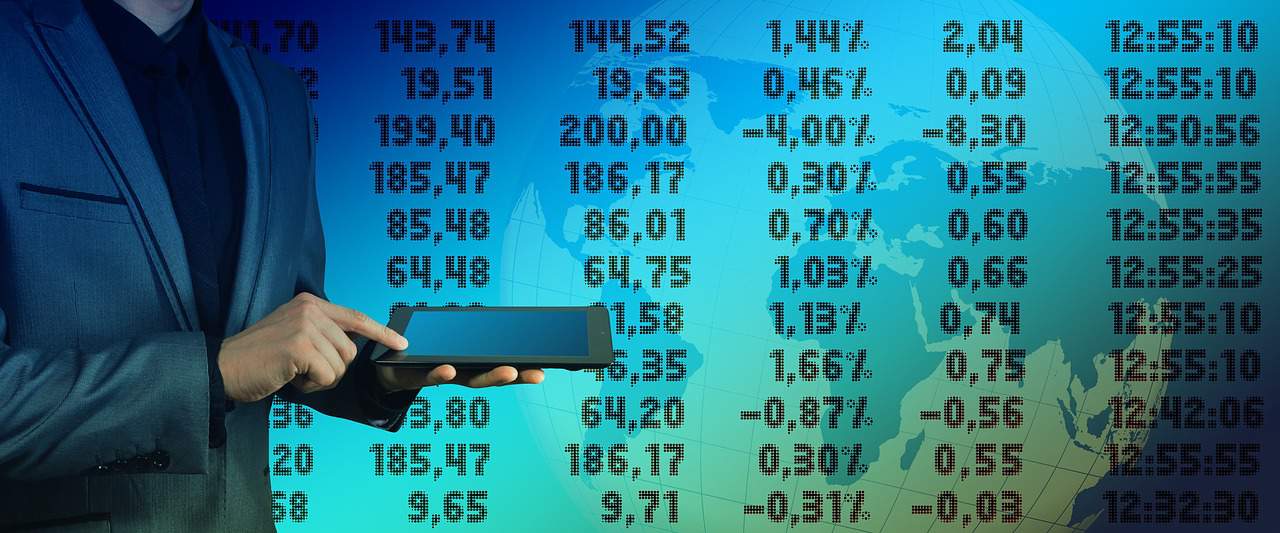
As a forex trader, there are numerous terms that you’ll need to contend with, from liquidity (which refers to the ease with which pairs can be bought and sold without impacting prices) to leverage.
The latter is expressed as a ratio and enables you to open a disproportionately large trading position in relation to your deposit, creating the potential for higher returns if your trade is successful.
Volume is another key piece of forex terminology. But what exactly does this mean and how can you use it as a forex trader?
Table of Contents
In trading, the term ‘volume’ refers to the amount of a particular asset traded over a period of time, referring to the number of units, shares, contracts, or (in the case of forex) pips that change hands through individual transactions.
Put simply, the more actively traded an asset is, the higher the volume will be during that period, while the opposite rule also applies during quiet periods or in markets that are considerably less popular than forex.
Because of this, volume remains a key indicator of forex market activity and liquidity, which means that it’s a seminal foreign exchange term and one that’s often presented alongside price information.
Whenever forex pairs are traded, there has to be a buyer and a seller in order for the transaction to take place. Every single transaction is a single exchange and will contribute to the total trading volume recorded within the forex market.
You can gauge this metric by analyzing volume measurement figures, which look at how prices move within a certain period (regardless of the composition of market activity and how many buying or selling transactions are required to deliver a single price tick).
Instead, this measurement focuses solely on how many ticks it has moved during the predetermined time frame, providing a pure volume metric and one that can help to inform traders in real-time.
Well, one factor is the overlap between certain trading sessions, which start and end at different times of the day.
For example, there’s a four-hour overlap between 1 pm and 5 pm GMT, during the latter stages of the London Stock Exchange being open and the launch of the New York Stock Exchange.
This tends to see increased volatility and trading volumes, with currency pairs like the EUR/USD (which is the most popular and liquid asset of its type), GBP/USD, and GBP/EUR particularly widely traded during this time.
Similarly, the release of significant news releases and economic data signal spikes in forex volumes, as investors look to leverage information and its impact on the market to realize a viable profit.
Particularly seminal data includes the US Non-Farm Payroll report and monetary policy announcements (such as base interest rate updates) released by central banks. Around this time, peaks in the volume are largely driven by contrarian traders who had previously placed orders in the opposite direction to the market and prior to the news release.
Reactive traders also tend to jump on the bandwagon between 15 and 30 minutes or so after the release, just as soon as the market establishes a viable direction and course that they can follow.
Interestingly, this compensates for the actions of large and institutional traders, who often refrain from trading before high-impact news releases due to the potential for subsequent volatility and price declines.
To use volume effectively as a forex trader, you’ll first have to use this to confirm the trend strength and inform your subsequent decision. Uptrends are defined by increased volume when prices rise, while increased volume and depreciating prices are indicative of a downtrend.
Trend weakness and breakout confirmation are also important considerations as a forex trader, with the latter especially pivotal during a so-called “breakout”.
Ultimately, understanding volume is a critical feature of successful forex trading, especially in terms of determining when to trade and how to react to specific news releases.
Are you searching for the best place to shop for Indian sarees in London? London…
Small businesses often find it difficult to navigate the UK banking landscape. There are so…
In the complex world of property finance, mortgage advisors are indispensable allies for anyone looking…
In the fast-paced world of the digital age, marketers often search for the next "big…
If you are a newly self-employed entrepreneur or freelancer, then chances are you’ve not even…
Online gaming has evolved into a highly popular and enjoyable form of entertainment, providing the…